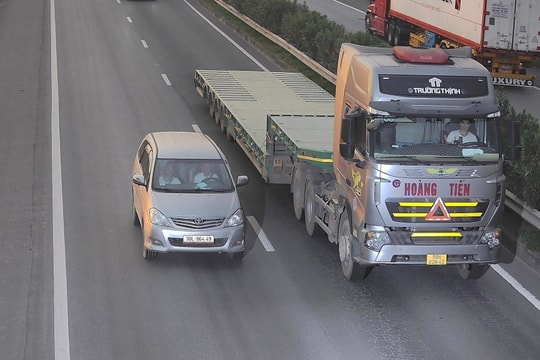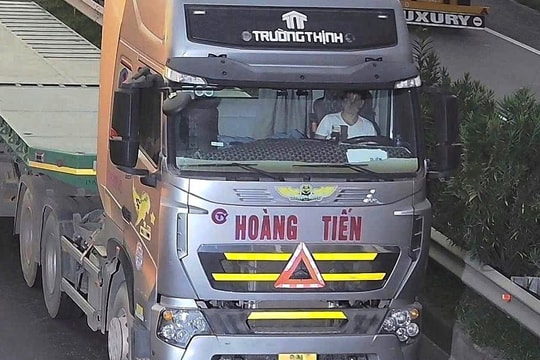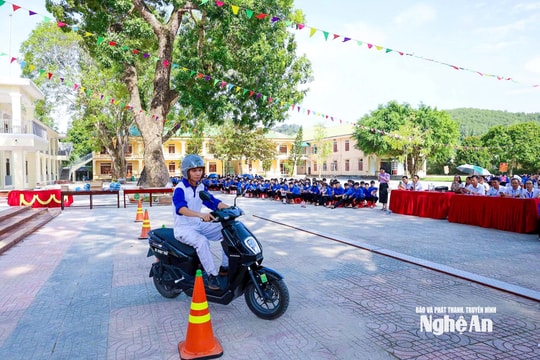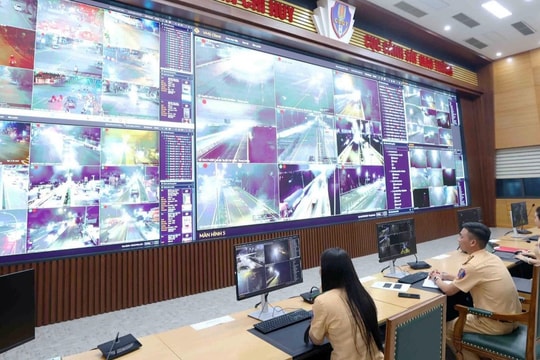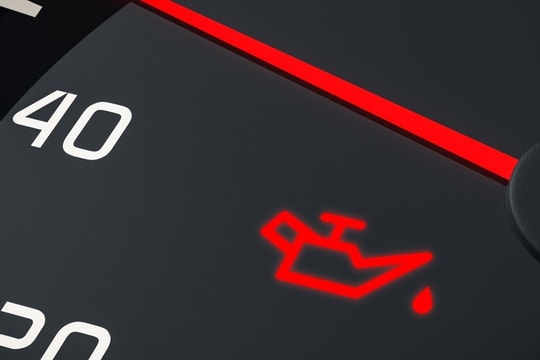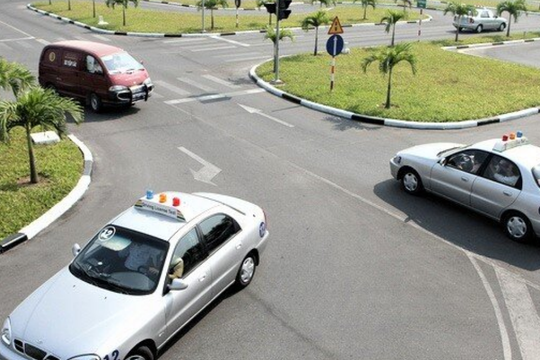Basic lessons for new drivers
VOV.VN - When you first drive, you have to learn basic lessons like driving a small car, driving in the correct lane, keeping a safe distance, and backing up and parking properly...
For new drivers, first of all, you need to be calm and confident when participating in traffic by equipping yourself with minimum knowledge and skills such as understanding the laws, knowing the signs...
When getting into the car, the driver needs to test the engine, brakes, steering wheel, lights, etc. to ensure that all parts are working properly before driving. The inspection helps to minimize potential risks such as engine failure, brake problems, etc., to minimize unnecessary accidents.
When driving on the road, you must know the rules. Especially if you lack driving experience, knowing the rules, signs, and directions will help you more easily and safely join the traffic flow.
Riding a small car and driving at slow speed is the top criteria for "new soldiers" when switching from 2 wheels to 4 wheels. Small, low-power cars will help you practice basic driving skills proficiently. Driving techniques are also experienced from slow speed and then gradually increase, increasing gradually depending on each person's ability.
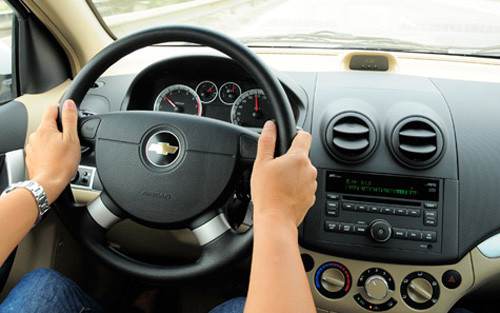 |
| New drivers need to know how to give way and drive slowly. |
Drive in the correct lane, however, we must occasionally give way to other vehicles. Especially on the highway, new drivers, unable to drive fast, are easily urged by the vehicle behind them by honking to pass. Stay calm, observe, steer and give way to the vehicle moving faster in front. Do not rush to drive fast when you have not mastered the speed.
When you first learn to drive, you should not go on the highway, because on the highway, the speed of skilled drivers is usually from 100 to 130km/hour, you might be the one causing an accident for others.
It is important for those who are new to driving or have just gotten their driver's license to drive short, familiar distances; drive straight, pull over, practice reversing, check the rearview mirror, side mirrors, left and right turn signals, and master the car's functions. Another thing to note is to memorize the accelerator pedal, gearshift pedal, turn signals are required when changing lanes, and read and understand the traffic signs on both sides of the road (if you can't remember, get a book to study again) at least 6 months - 1 year before driving long distances, going on the highway or entering residential areas or crowded alleys.
If driving an automatic car, you absolutely must not use both feet, but only use the right foot. Remember (when driving) to let go of the gas, then step on the brake, and let go of the brake, then step on the gas, to avoid the situation where you want to step on the brake but step on the gas, or vice versa.
As a new driver, you need to know how to give way, you cannot "push" like experienced drivers.
Besides, keeping distance is the most difficult thing for drivers, especially when moving in crowded cities like Hanoi or Ho Chi Minh City.
Cars never park at the distance you read in a book, motorbikes constantly cut in front of your car, the sides of your car will be full of motorbikes with a distance of only 5-10 cm, if it is rush hour. All drivers, young or old, encounter this situation, but the "old drivers" have enough experience to read what distance is enough to avoid collision.
Find a road with no traffic, ask someone to signal for you, practice approaching a motorbike or car and stopping before colliding. Feel and measure the safe distance between your front end and the vehicle in front. Remember, each vehicle has a different front end length, so feeling the distance in front is very necessary when driving a strange vehicle.
Turning around is a basic driving skill, but it is not easy, especially for new drivers. With heavy traffic conditions, cars always honking, turning around on a crowded road requires more calmness than skill.
In places where there are signs allowing crossing the street, turning around, or signaling early, when approaching a place where you can turn around, slowly turn the wheel and look in the rearview mirror.
On streets where U-turns are required (a lot in Vietnam), it is necessary to observe and find a position where you can turn around with the least impact on traffic on the road.
Parallel parking or reverse parking both require skillful driving skills. The standard distance for parallel parking is never enough in Vietnam, so you need to reverse more skillfully and carefully. Reverse parking (also known as parallel parking, or 'reversing') is a difficult technique in the driving test and even in real life for beginners, but it will become easier after a few times of focused practice.
In addition, you need to buy insurance to ensure safety when participating in traffic. Whether you are a new driver or an experienced driver, you should buy insurance for your car. Especially for new drivers, collisions are inevitable no matter how careful you are, so learn and buy insurance to save on repair costs./.
According to VOV
| RELATED NEWS |
|---|

